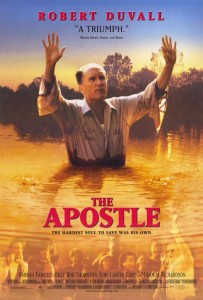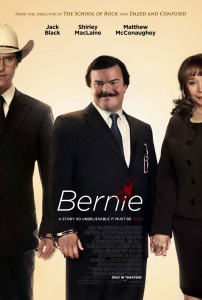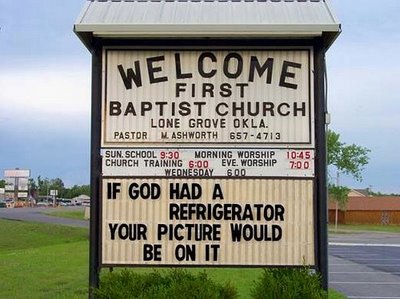When Herod saw that he had been tricked by the wise men, he was infuriated, and he sent and killed all the children in and around Bethlehem who were two years old or under, according to the time that he had learned from the wise men.Then was fulfilled what had been spoken through the prophet Jeremiah:
‘A voice was heard in Ramah,
wailing and loud lamentation,
Rachel weeping for her children;
she refused to be consoled, because they are no more.’
Matthew 2:16-18
Today is the day set aside in the Church calendar to remember the Holy Innocents, those children killed in Herod’s fury to protect his throne. Like many this year, I am thinking about Newtown. The murder of children is terribly real.
People decry this sort of shooting as “senseless violence,” but to my mind the problem is not that the violence cannot be understood. In the logic of monarchical power, Herod had a perfectly good reason for killing the children of Bethlehem. If you cannot find the One Child, then kill them all. It’s the only way to be certain. In his fury, Adam Lanza probably had reasons too. The problem with “senseless violence” is not a lack of reason. The problem is the system of making meaning. The problem is the assumptions which support the reasons.
America is a violent place. We meet force with force. We want to be powerful. We enjoy seeing our will made visible in the actions of others. We are impatient with negotiations. Someone says, “You can’t make me,” and Americans say, “Yes we can.” And we enjoy that “yes we can” in large and small ways daily, whether we are winning trade agreement concessions or muscling a football across the goal line. It’s not necessarily a bad thing to revel in strength, so much of what is good about America comes from her people’s strength and courage! But something is wrong when people whose minds and consciences are uninhibited go so quickly to gun violence to enact their will.
If we want to change the culture of violence in America, it will take much more than new gun control laws. As with racism, and pollution, and public health, legislation will be important, but each of us will have to make conscious choices to change the level of acceptable violence in our every day lives. We cannot leave the work of change to our bickering legislators. We must become more sensitive to the places where violence lives and grows. We must take a hard look at ourselves and the things that even the best of us do and allow, and we must refuse to feed the Beast.
Such change will take effort and it will be annoyingly inconvenient. But if we can do better in our relationships with people who do not share our skin color, if we can learn to recycle, if we can think about what we eat and how we exercise, then surely we have learned how to begin this process. Surely we can ask ourselves, “What would I be willing to give up if it would keep another Newtown from happening? What change would I be willing to make?”
I find myself thinking about Paul writing to the Corinthians: “Be careful, however, that the exercise of your rights does not become a stumbling block to the weak. (I Corinthians 8:9)” Sometimes we must make personal sacrifices for others’ good. Even if I have the right to be as violent a person as I am. Even if I am a responsible, law-abiding, mentally-stable citizen. The question is not “What can I make other people do so America will be safer?” The question is always, “What am I prepared to do?”







